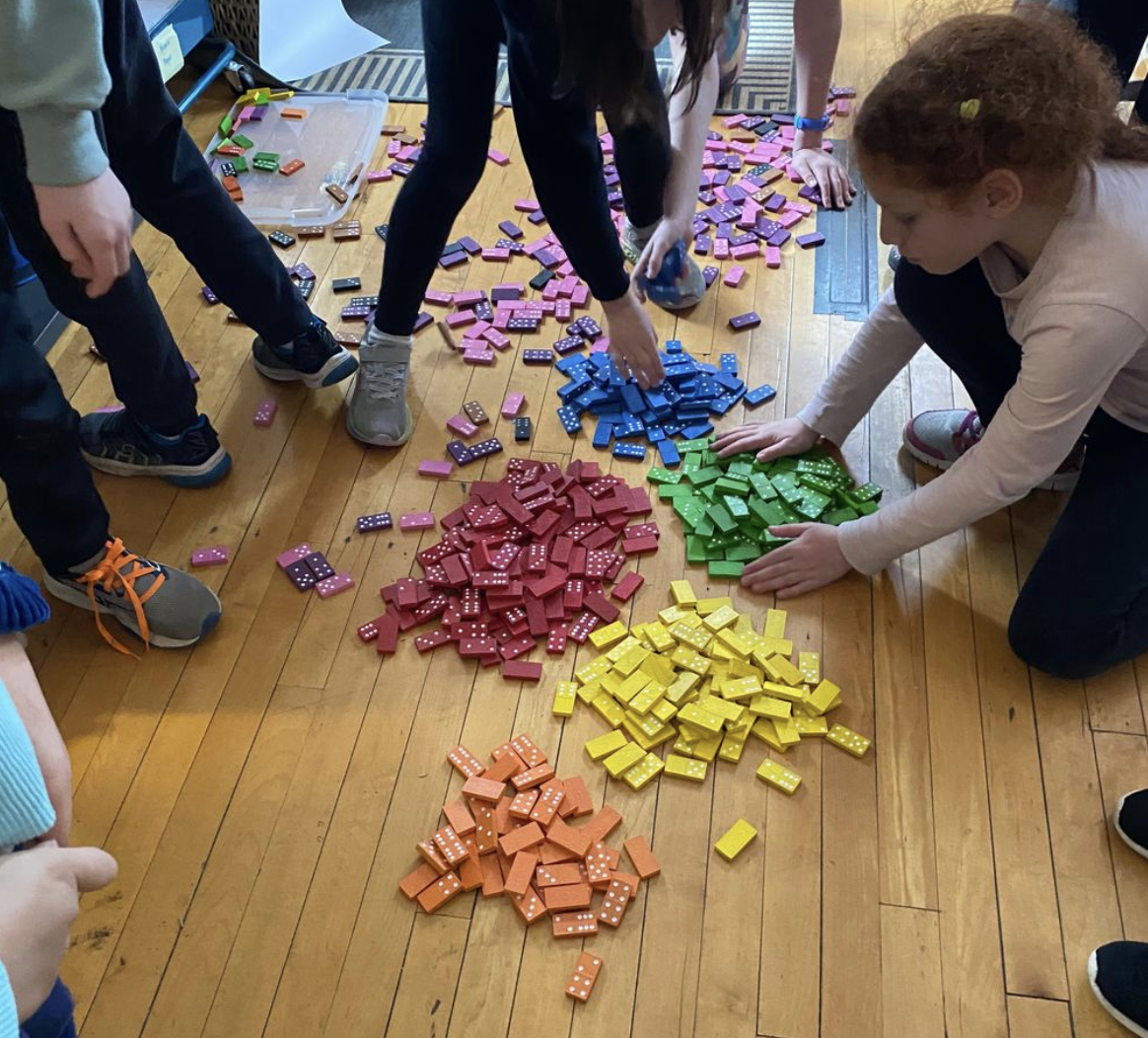Discover our
Home for Learning
- Contact
- 412-624-8020
- [email protected]
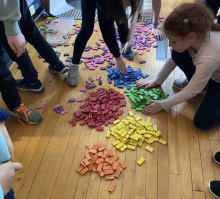
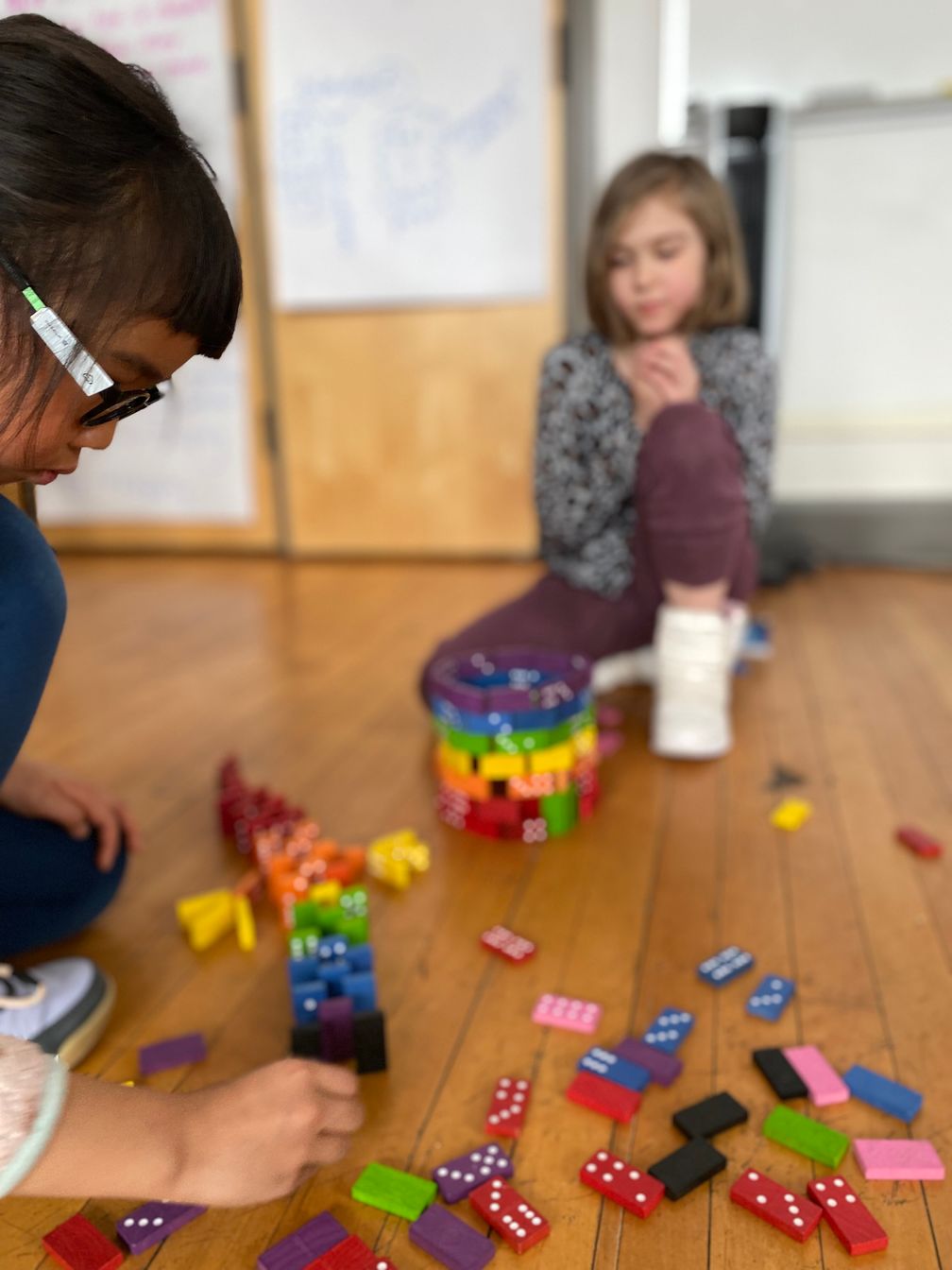
This is the third installment of a series on Playlab, a class at Falk Lab School focused on children’s play. Several times a week, Falk teacher Tegan Ambrose gives Kindergarteners—and, new during the 2023-24 school year, third-grade students—materials with open-ended instructions and observes their play.
Playlab is offered in partnership with Hatch Partners in Play, which created the class alongside educators at Faison K–5, a Pittsburgh Public School, as an equity-focused initiative designed to help educators prioritize extended periods of play. This year, Playlab is running at Faison and at Arsenal PreK–5, as well as at Falk.
You can read more about the project here and here, along with a Q&A on Playlab with Katrina Bartow Jacobs, Falk’s research coordinator and an associate professor of practice in Pitt’s School of Education, and School of Education graduate student Hillary Henry.
Beginning in the 2023-24 school year, Falk Laboratory School is extending Playlab to third-grade classes in addition to Kindergarten.
Third grade has been a learning experience, says Playlab instructor Tegan Ambrose.
“It’s been particularly interesting to see how different third-graders’ interests are from Kindergarteners’,” she says.
For example, games have been popular with Falk’s three third-grade classes, Ambrose reports: students have become absorbed not just in playing card and board games but also making them.
“One group really ran with it,” she says, using markers, rulers, and clay to create multiple iterations of their game. “Then they shared the game with another classmate and tried to teach them how to play.”
She says she’s dubbed one class “The Builders” because of their strong interest in building with supplies like dominoes, Kiva Planks, and Q-BA-MAZE marble runs.
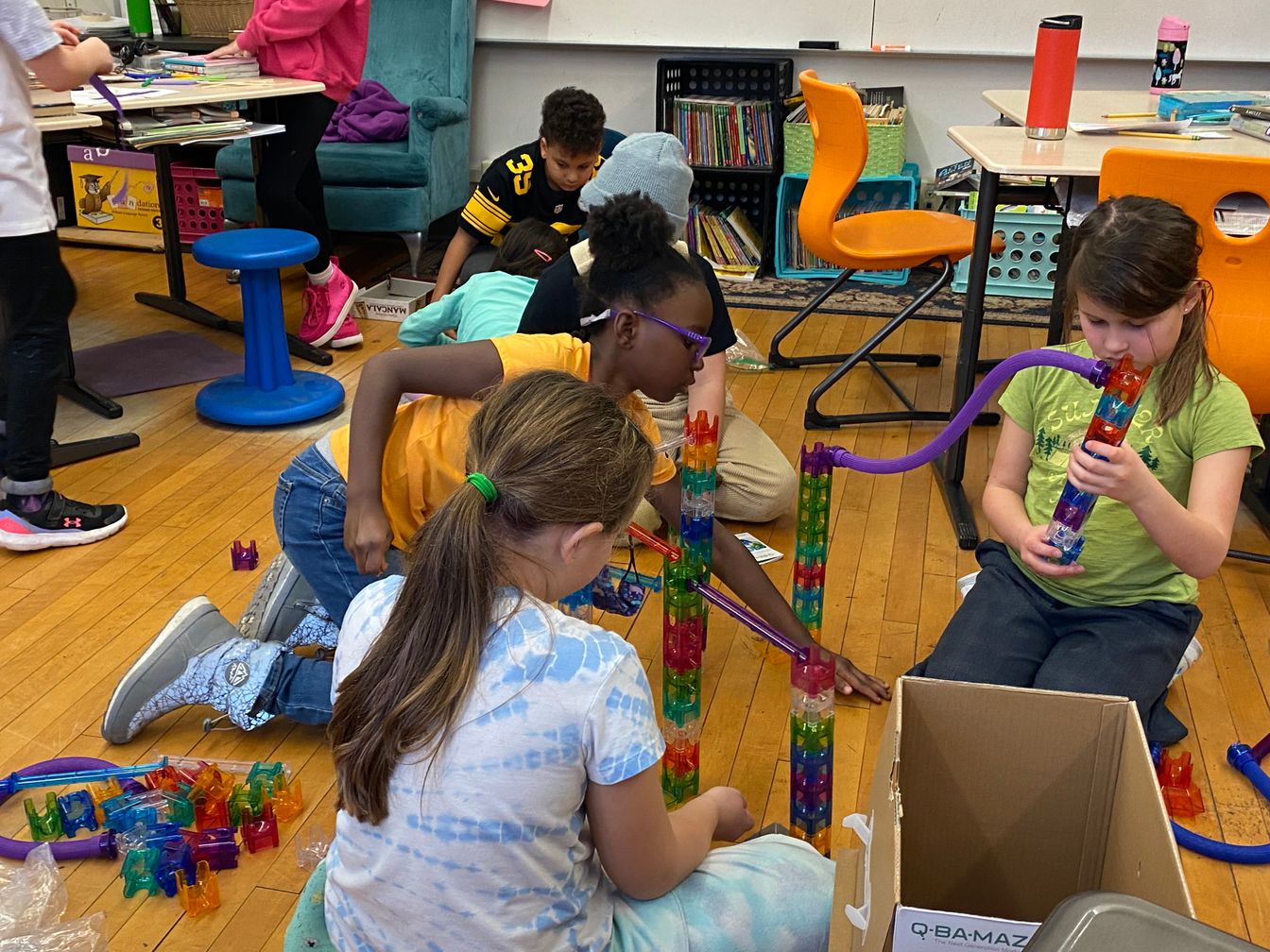
“And then you definitely have some creative personalities who just want free rein with paper and scissors and glue,” says Ambrose, who adds that if a third-grader or Kindergartener wants to read by themselves, that’s almost always allowed.
Despite the differences from Kindergarten, Ambrose says that third-graders are similar to the younger students in that finding an activity or material that is going to engage students is a constant challenge.
“I’ll use dominoes, for example,” she says. “One classroom may be into it, and they’ll ask for dominoes day after day. That offering in another classroom goes untouched.”
She tends to offer the same invitations for a few weeks and then slip in something new. For Ambrose, the challenge is to make sure that all students are engaged.
“I’m disappointed the days I find a student totally unengaged,” she says. “I think we have those days even as adults, but I leave the class wondering, ‘Was it just that student that day? Was it the offerings?’ If I notice the student unengaged on multiple days, that’s when I start questioning, ‘What will engage that student?’”

She also balances allowing students to pursue the same activity day after day versus pushing them out of their comfort zone. If a student plays Connect Four every single Playlab meeting, for example, she might ask herself, “What if that wasn’t a choice?”
“Do students have a hard time with that? Are they able to deal with it?” Ambrose wonders. “Because that’s something you have to deal with in school and in life: having something you want to do just not be possible on a given day.”
Extending Playlab to third grade has created an opportunity for Ambrose to support students’ broader learning in ways that weren’t possible when the class was focused solely on Kindergarteners.
“How can I help them in their complete journey at Falk?” Ambrose asks.
One answer to that question might lie in having the students sit and listen for the first few minutes of class, supporting the schoolwide expectation that students be attentive and respectful listeners.
Another answer could be providing invitations (Ambrose also sometimes calls them “provocations”) that complement the work students are doing in other classes. When students were creating zines and sewing in WonderLab, for example, Ambrose made those options available in Playlab. And as third-graders created “monster gardens” in art class, she offered space in Playlab to read books and poems about monsters, or to craft signs and trees to decorate their monster gardens.
“Do I force them to sew or make zines? No,” says Ambrose. “But if you enjoy those activities, that’s an option. It’s about trying to find as many connections as possible.”
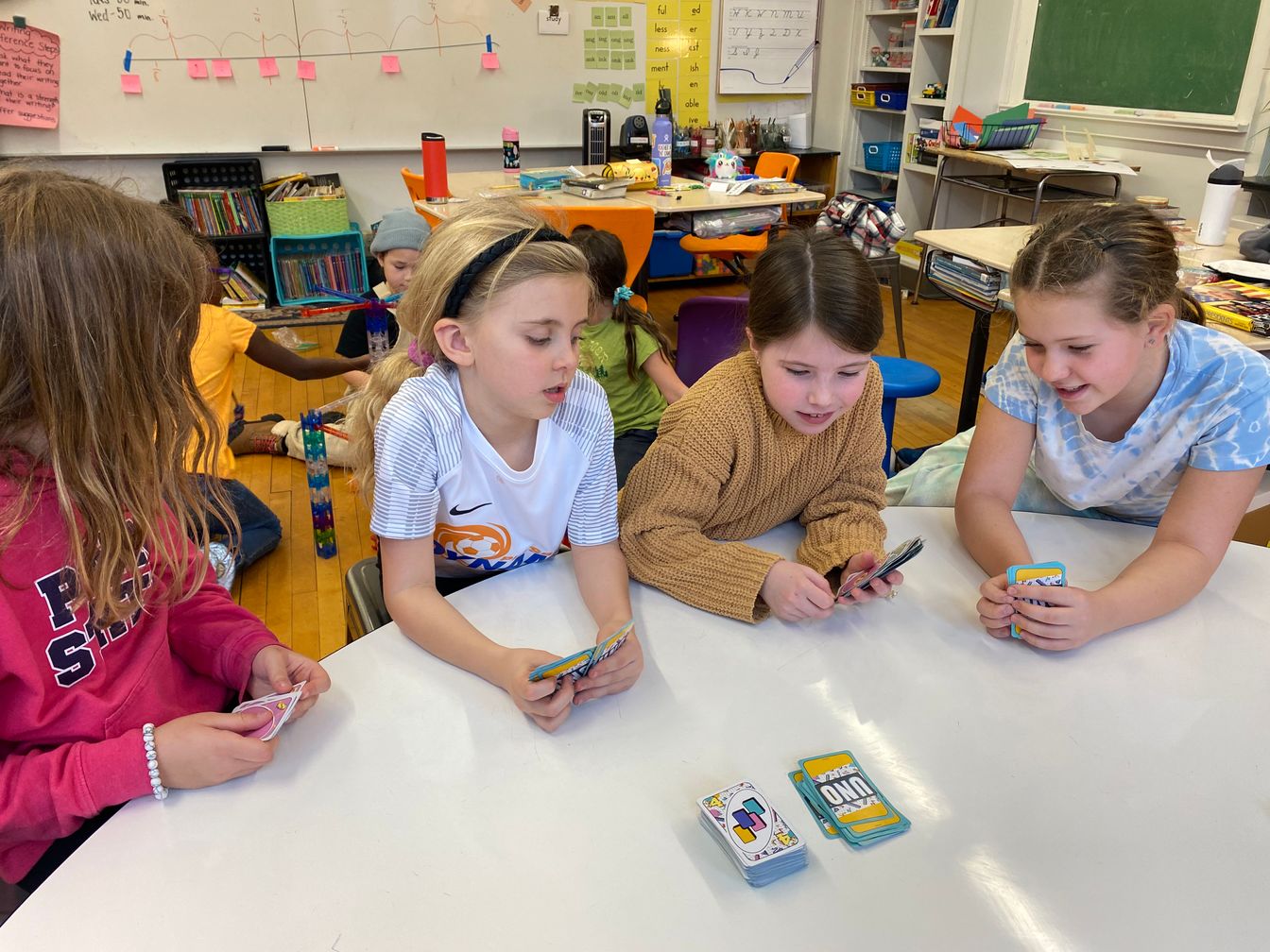
As part of that broader goal of supporting students’ overall Falk journey, Ambrose is navigating the balance between third-graders’ independence and their participation as members of a group.
“If I have a Playlab and I feel like there’s a lot of arguing or kids are not getting into a flow, I’ll feel like maybe I need to regroup,” Ambrose says. “Next time, we’ll form a circle and I’ll ask a question and we’ll share. Or maybe we just need to come together and do something together as a group before we separate and do our own thing.”
She’s also used full-class games to bring each group together after breaks from school, and at the start of the year.
Expanding Playlab to third grade has helped enlarge her sense of what the class can be, Ambrose says.
“I had a lot of nervous energy about what it was going to be like in third and it has been so pleasant to see them enjoy the time and see some of them use it so creatively,” she says. “My goal is for them all to use it in that way and hopefully find something that inspires all of them to want to play, be creative, and collaborate.”
